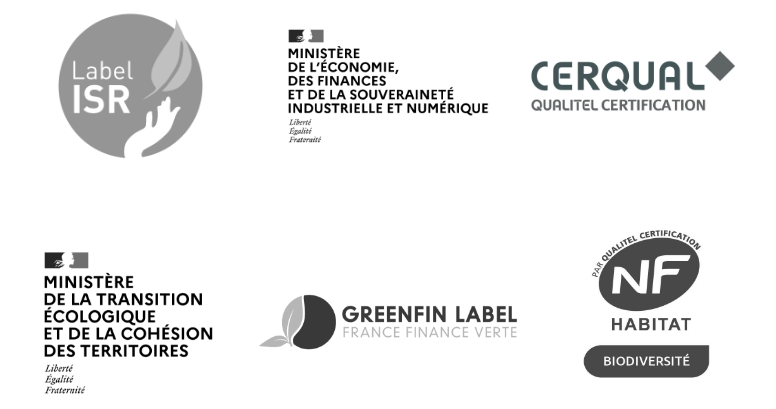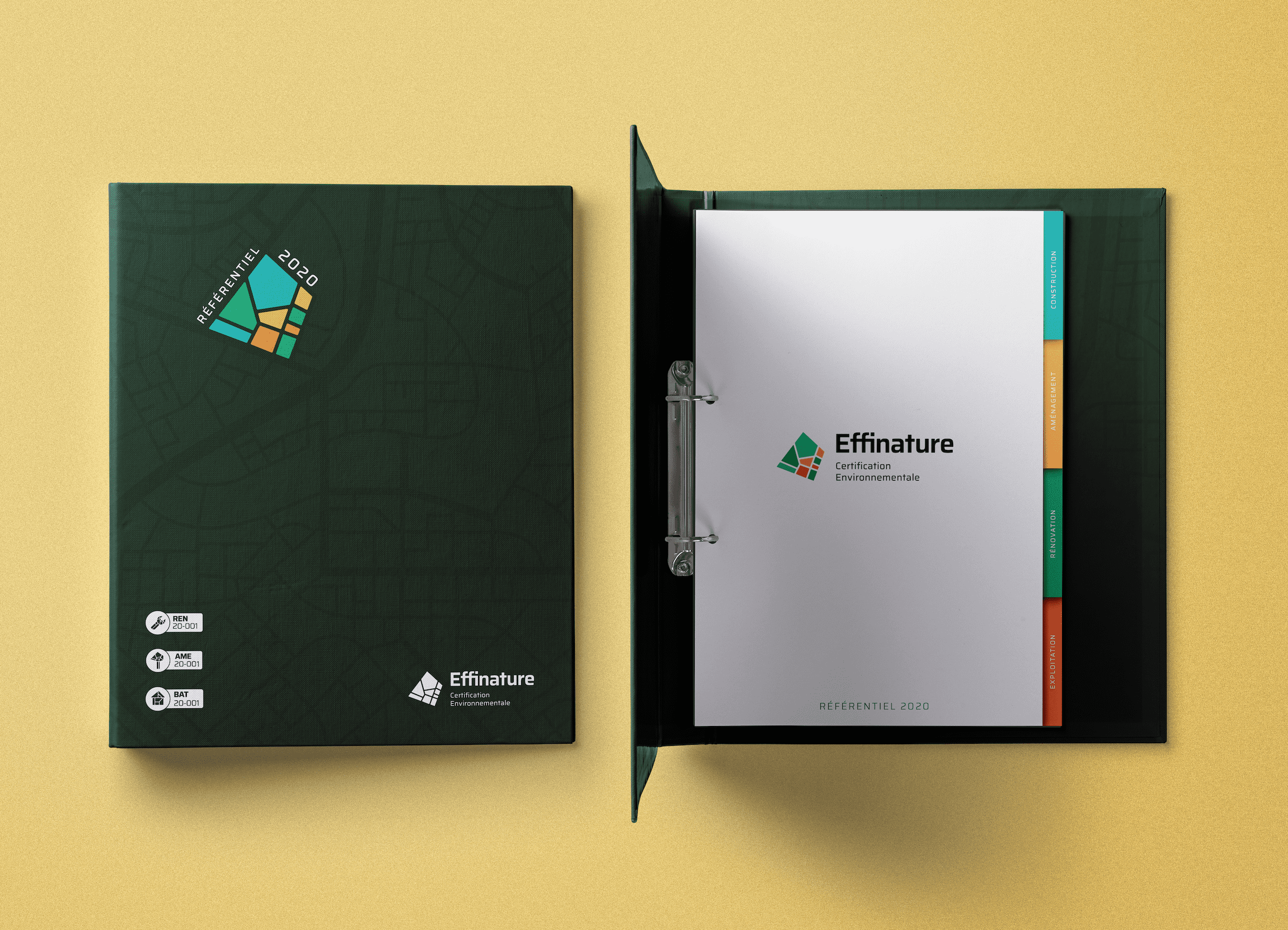
the world's leading certifier of biodiversity in the building industry.
Effinature,
a global approach
to biodiversity
Effinature certification represents a comprehensive and rigorous approach to preserving biodiversity, whether for your residential (multi-family or individual housing), industrial, tertiary or public projects. It aims to promote the creation of sustainable, ecological environments by taking into account a range of scientific criteria. These criteria include measures such as the preservation of natural habitats, the promotion of species diversity, the sustainable management of natural resources and the minimization of environmental impact.


National and international recognition
NATIONAL

INTERNATIONAL
ILAC is an international organization
which aims to establish uniform, globally recognized laboratory accreditation practices
.
As the supreme body, ILAC brings together organizations and
affiliated institutions from all over the world.

5 themes with 80 scientific indicators!
The 5 BIG THEMES:
1. Preservation of living soil,
2. Development of plant heritage,
3. Support for local wildlife,
4. Reducing the impact of the project,
5. Enhancing skills.
The certification covers 100% of biodiversity issues!
When designing a project, Effinature indicators are used to evaluate and guide choices in order to maximize benefits for biodiversity. For example, they can help determine best construction practices, appropriate landscaping and measures to preserve adjacent natural areas.

A sustainable approach to your real estate projects
Once the project has been implemented, Effinature certification continues to play a crucial role. Monitoring measures are put in place to assess the project's ecological performance over time. This makes it possible to identify any problems and implement corrective actions to
improve biodiversity.

Let's go further than just greening
of cities!
In short, Effinature certification distinguishes itself from simple labels by incorporating scientific indicators developed by ecologists and applying them throughout the project. It goes far beyond the simple greening of spaces and low-energy buildings, adopting a holistic approach to biodiversity preservation.

